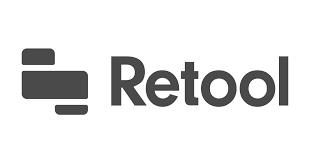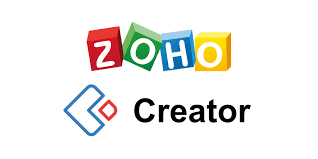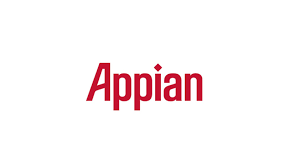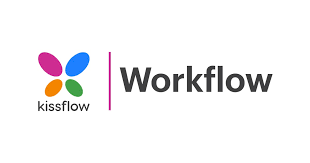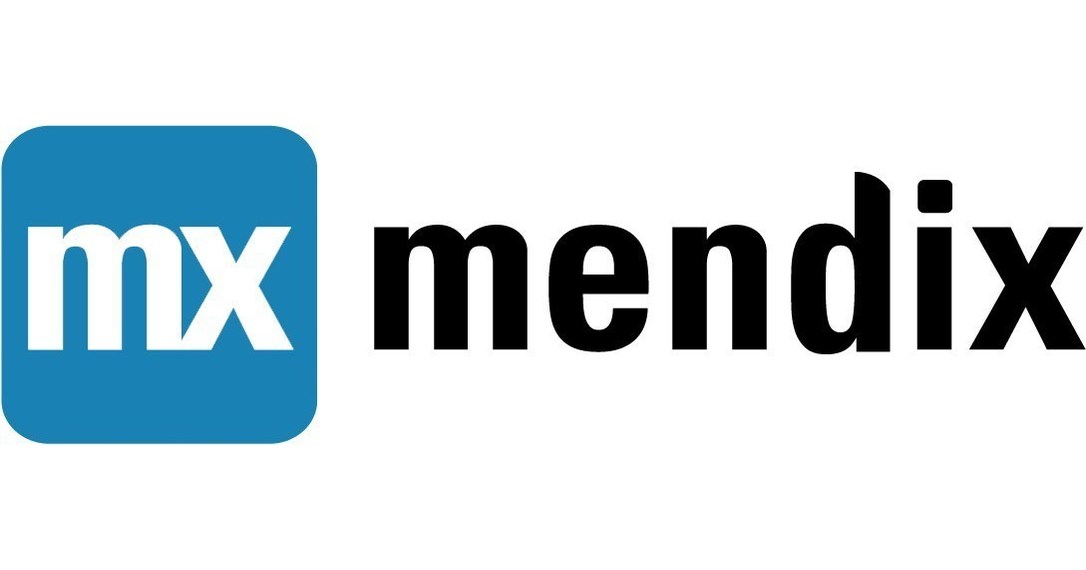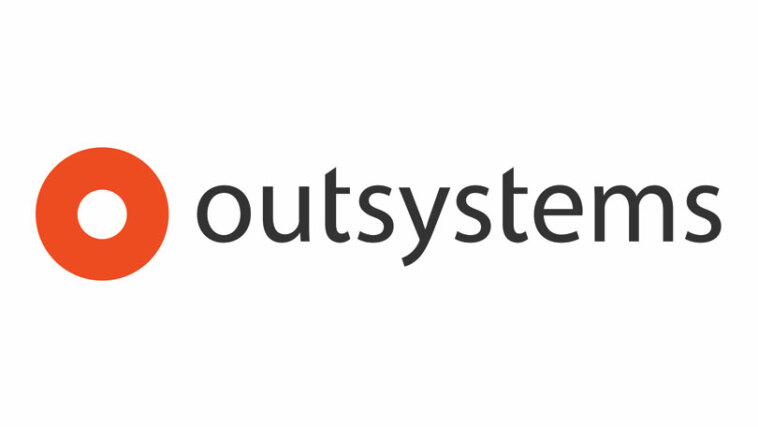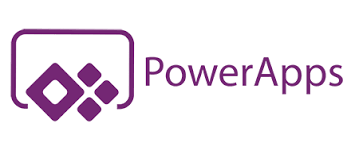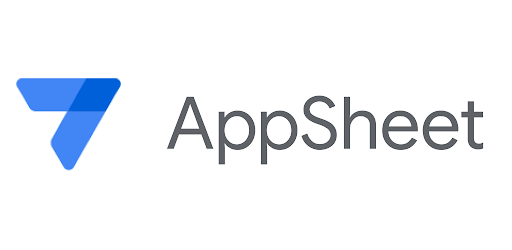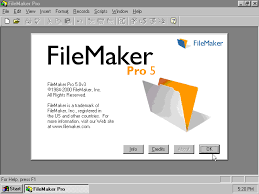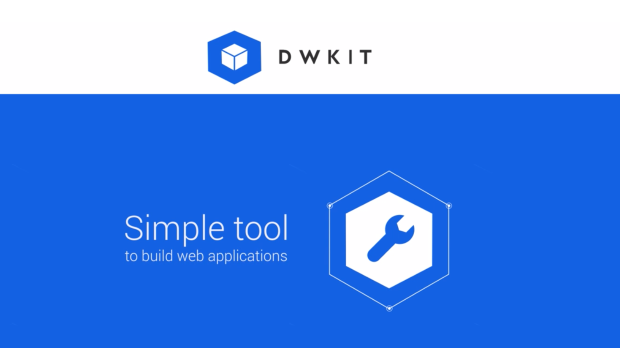In this fast-paced digital age, businesses must always change and adapt to meet the growing digitalization needs of their industries. However, finding answers to this problem is frequently more difficult. Companies in the early stages of digital transformation, on the other hand, can leverage Low Code Development Platforms tools to make more significant changes. Low Code Development Platforms choices are a wonderful alternative to manual coding since they are simple to use and efficient at speeding up the development process.
They provide a cost-effective option for both experienced and inexperienced teams. We’ve made a list of the 15 best Low Code Development Platforms for 2022 that could help businesses make digital changes more quickly and easily. But before we get into it, let’s define Low Code Development Platforms and common code development platforms.
15 Best Low Code Development Platforms (LCDP) Software
Thanks to modern technology, even sophisticated programs may now be produced without spending a fortune, waiting months, or employing a large number of engineers. Furthermore, you do not need to be a programmer to create these apps. Many of the best low Code Development Platforms enable you to create high-quality software, websites, and applications without ever writing a line of code. Statista predicts that the Low Code Development Platforms industry around the world will be worth $65 billion by 2027.
Platforms that don’t need much code make process automation simple, help streamline business operations, and provide non-technical people with a lot of control. Unfortunately, some of the top Low Code Development Platforms on the market make false claims, have convoluted user interfaces, and charge exorbitant subscription fees. This page contains the most comprehensive list of Low Code Development Platforms for smooth development in 2022.
What is the definition of Low Code Development Platforms?
Programming languages, object-oriented ideas, frameworks, package repositories, and integrated development environments (IDEs) are all part of the typical software development process. Furthermore, a simple graphical user interface’s drag-and-drop features make low Code Development Platforms straightforward (GUI). A Low Code Development Platforms user interface is made up of predefined components and templates. So, choosing the modules that work best for them is easier than typing a long string of brackets and punctuation.
Because Low Code Development Platforms are available, users can personalize their software a little more than they could on a Low Code Development Platforms. It makes no difference which of these software development strategies you choose; both increase productivity and save time.
Low Code Development Platforms Have A Lot Of Benefits
Low Code Development Platforms are helpful for a variety of reasons. Low Code Development Platforms may be used to create working apps and programs at a fraction of the cost of traditional development environments. As a result, they may be used by anyone with little or no coding skills to construct their own apps. Because of this, these tools make it easier to make new software, spread it, and help businesses adapt to digital transformation.
1. Lower Prices
Low Code Development Platforms reduce development expenses. The typical firm was able to avoid hiring two engineers by using simple-to-use technology. Because of this process for making software, there is less need to hire more programmers.
2. The time it takes to implement new features
Project delays are a prevalent issue in IT endeavors. This is a shocking number, especially since businesses are being asked to be more flexible and sensitive to changes in the market. To speed up development, these solutions contain pre-built connectors and other tools. These tools make it simple for businesses to build prototypes to try out new ideas. They may then test and tweak the concept without having to involve developers.
3. Increased Workplace Flexibility
Firms face strong competition from firms that use technology to define their edge, many of which are startups. Low Code Development Platforms s make it easier for firms to react to changing market conditions and stay competitive.
4. Software development is becoming more popular
Thanks to the use of these technologies, democratic development is no longer isolated to the IT department. As a result, they help break down the walls between departments and encourage people from different companies to work together. The tools may be used by any department to create new apps. There is certain to be a variety of unique ideas with so many individuals utilizing them.
1. Visual LANSA
Your development team may construct business apps faster and more efficiently with LANSA’s Low Code Development Platforms. You regain control of the situation by using LANSA.
Features
- This IDE makes it simple to create desktop, online, and mobile device apps, and it does it faster, more effectively, and for less money than traditional methods.
- Thousands of enterprises across the world use the IDE’s built-in code editor, which has extremely strict testing protocols for deployment, integration, and testing of new features.
- You must use Low Code Development Platforms to be compatible with IBMi, Windows, and the World Wide Web.
- Visual LANSA’s Low Code Development Platforms will enable professional developers to create complicated, high-quality programs fast and effortlessly.
2. Retool
Using retool to create internal tools is the quickest method. Apps with a basic visual design that can connect to any database or API. You can use code to make your apps look and work the way you want them to practically everywhere. With the aid of Retool, all of this may be done in a shorter amount of time.
Retool apps are used by tens of thousands of employees at companies like Amazon, DoorDash, Peloton, and Brex to streamline internal procedures and further improve their own processes. There are cloud and self-hosted options available; over 50 drag-and-drop components make putting up frontends simple, and integration with a large number of well-known data sources are supported.
Features
- To connect to anything, you may use REST or GraphQL APIs.
- JavaScript may be written everywhere you want total control over your application, and fine-grained access limits, audit logs, and SAML SSO and 2FA are all necessary for app security.
- In conclusion, Retool is a great tool for making internal apps in the least amount of time possible.
3. Quixy
Businesses use the cloud-based, no-code Quixy platform to give their business users (also called “citizen developers”) the tools they need to automate processes and make custom enterprise-grade apps up to ten times faster.
It is one of the most widely used Low Code Development Platforms. The app store contains a large number of pre-built programs that customers may alter in only a few minutes. Because of Quixy’s automation, businesses are more creative, productive, and honest, which makes them more competitive in the market today.
Features
- Customize your app’s user experience with 40+ form fields, including a rich text editor, e-signature, QR code scanner, and Facial Recognition widget.
- You may model any process and develop powerful sequential, parallel, or conditional workflows using simple visual builders.
- Alerts, reminders, and escalations should be set up at each phase of the workflow. Webhooks, connectors, and API integrations make it simple to connect to third-party apps. Apps can be installed in seconds, and changes can be made on the fly with no downtime.
- Data can be exported in a number of different formats, and reports can be set up to be sent out by email, text message, or social media.
- Custom themes, SSO, IP filtering, On-Premise deployment, White-Labeling, and other corporate features are all available.
- Several divisions utilize the technology to simplify corporate processes.
Quixy is a visual and easy-to-use No-Code Application Development platform. You can rapidly and cost-effectively build a small-to-complex customized corporate application without writing a single line of code.
4. Creatio
Studio Creatio is the smart process management and Low Code Development platform that comes with ready-made solutions and templates. The Creatio Marketplace has pre-built applications and solutions that may be used right away.
Features
- Using a BPM engine, you can manage both structured and unstructured processes.
- With low-code or no-code automation, you can quickly and easily create unique solutions.
- AI and ML technologies may help with data-driven decision-making, quicker business processes, and reduced analytical work. It features a great user interface for developing visual models, and the App Wizard lets you construct a variety of different types of apps.
- It has functions for safety and management.
- You can speed up customer participation and service delivery by using this product’s features.
Creatio’s dashboards and visualizations are really useful. Your regular activities will be sped up if you use this tool. It will make it easier for you to manage a variety of cases and stay on top of their deadlines.
5. Zoho Creator
The cross-platform app builder in Zoho Creator is great for speeding up the process of generating native mobile apps. Our platform, which is stable and customizable enough to fulfill your company’s expectations, is used by over 7 million individuals throughout the world.
Features
- Web apps may be created, published, and utilized on iOS and Android devices.
- Create more applications quickly and easily, connect your corporate data, and interact with colleagues throughout the enterprise.
- Produce reports that are jam-packed with useful information.
- Obtain immediate access to mobile applications.
- a level of security that can’t be matched.
Zoho Creator provides a Low Code Development Platforms for creating business apps. When making an app, using as little code as possible saves a lot of time and work.
6. Web.com
You don’t need to know any coding to make a website on Web.com. You’ll get a total of 100 templates. All of them are organized by industry and come in a range of designs and layouts. You can also use the drag and drop builder to simply add and remove components from your site.
Features
- Web.com’s automated backup and site restoration features keep the website’s data safe and secure without the user having to do anything.
- It also works with the most popular content management systems, such as WordPress.
- If you haven’t yet created a website on Web.com, you may hire one of their experts to build one for you from the ground up.
- Features include custom templates for online store construction and maintenance using a drag-and-drop editor, a free domain name, and web hosting, as well as the option to instantly restore a site.
Web.com offers a variety of easy-to-use website-building tools. Using the editor and template library is a piece of cake. If you get stuck throughout the site-building process, Web.com’s experts are always available to help.
7. Appian
Appian Smart applications, which are built on Appian’s intelligent automation platform, will help businesses, consumers, and employees are more productive. Because of this, your critical apps will be protected.
Features
- It has built-in AI capabilities and can be moved and dropped with tools.
- For no-code AI/ML platform integration, Google Cloud, Amazon AWS, and Microsoft Azure are all supported.
- Without creating a single line of code, you’ll be able to connect company data, systems, and internet services.
The firm that supplies the development platform is Appian. As a consequence, the Appian Low Code Development Platforms blends Low Code Development Platforms with automation.
8. BPM and Workflow Software: KiSSFLOW
KiSSFLOW is a BPM and workflow software. KiSSFLOW-BPM & Workflow Software will help you improve the efficiency of your company’s operations. More than 45 pre-installed programs may be used to create your own commercial applications.
Features
- It takes away some of the need to code, and adding and changing fields is as simple as dragging and dropping.
- Drag and drop may be used to design tasks and logic.
- Forms and requests can be completed digitally.
- It provides a cloud-based solution regardless of the industry or organization size.
- The Mendix platform may be used to create Mendix apps.
- It may be used to create Low Code Development Platforms apps for any type of device.
9. Mendix
It may be installed locally, in a private cloud, or in a public cloud. Additional features like automated backups and horizontal scalability are available in the Enterprise edition.
Features
- Features include agile project management, tools for displaying concepts, and components that may be reused.
- The Mendix platform offers offline working features.
- It’s easy to get started with, and it’s appropriate for anybody.
10. OutSystems.com
You’ll be able to construct apps at a rapid speed using OutSystems. It may be used to construct enterprise-grade apps as well as mobile and web apps.
Features
- Your apps will run smoothly in both the cloud and on-premises environments.
- Some dashboards give real-time statistics about your website’s performance.
- It protects your software with the most up-to-date protection.
- You’ll be able to design apps that scale with your company, and they’ll work on any system.
- Developers will find it easier to deploy and alter apps with the OutSystems Rapid Application Development Platform.
11. Salesforce Lightning
Salesforce Lightning is a feature that allows you to quickly and easily Salesforce Lightning is a mobile app development platform that improves mobile application security. It includes features like Salesforce integration and third-party data integration, as well as AI and IoT integration.
Features
- The Pro-Code tools allow you to develop apps in whatever language you choose.
- The production of mobile apps will be eased owing to No-Code builders, which make it as simple as a few clicks to create an app from a spreadsheet.
- With the Lightning Process Builder, you can create complicated processes.
- Salesforce Lightning’s development tools make it easy to create business apps.
- Developers will be able to make apps on the platform that use both custom and standard parts.
- There are various features that aid in production speed.
12. PowerApps (Microsoft)
PowerApps is a set of tools that may be used to create bespoke software. The software has been built to be expandable in order to provide developers with more options. You will get access to web-based software that is compatible with iOS, Android, and Windows, as well as a drag-and-drop approach for app creation. Templates will already be set up. An application will be able to access data quickly.
Features
- PowerApps is a powerful tool for making apps, and it can be used to make apps with complicated user interfaces.
- Microsoft’s Low Code Development Platforms is called PowerApps.
- It has a great deal to offer.
- It has things like integrating cloud-based services, automating processes, sharing apps, and running apps, among other things.
13. AppSheet
AppSheet It’s completely free to start using Google Sheets or Excel. AppSheet is a mobile app development tool that uses little coding.
Features
- There are several examples of apps like barcode scanners and apps that work even when you’re not online.
- This platform may be used by anybody to create apps, and it will allow for real-time multi-platform app development and deployment.
- Create apps that employ GPS and maps, as well as features like Image Capture and Signature Capture, as well as a barcode scanner. Charts have also included additional app development features, such as email notifications, offline access, and the opportunity to customize your brand.
- To sum up, the platform offers a very complete set of tools for making mobile apps and is very easy to use.
14. FileMaker Pro
FileMaker Pro is a program that allows you to keep track of FileMaker a Low Code Development Platforms development platform. It allows you to build an app for almost any task you can imagine.
Features
- It may be accessed via web browsers as well as computers, iPads, and iPhones.
- There are options for both on-premises and cloud deployment.
- The software that is being made will work with, among other things, mobile devices, desktop computers, the internet, and the cloud.
- It has a clear and easy-to-use user interface.
- You have the option of copying and pasting customized menus.
- It enables you to send a large number of email attachments.
- It may be used by any type of company to create bespoke apps.
- It’s a convenient solution for mobile app development.
15. DWKit
It’s a Digital Workflow Kit (DWKit) that uses drag-and-drop interface interaction to help you manage forms and business process development time. DWKit is a FormBuilder plus a Workflow plus Security plus Data Mapping on the technical side of things.
Features
- The Workflow Engine with a drag-and-drop form builder is fully equipped.
- On-premises implementation of a fully customized End User Interface
- Getting a hold of the source code
DWKit offers a fascinating option. You’ll get powerful Low Code Development Platforms, but you’ll also have total control over how the tool is modified in Visual Studio. DWKit is harder to comprehend than other comparable systems and requires more than a standard developer’s ability. However, the customization possibilities mitigate this difficulty. This is an excellent tool for companies that wish to create their own products.
Low Code Development Platforms: Frequently Asked Questions
Q1: Describe Low-Code Application Development.
Low-code app development allows IT teams and business users to create apps in a fraction of the time it takes to construct them traditionally.
Q2: What are the finest Low Code Development Platforms?
There are a number of platforms for low-code development, such as Visual LANSA, Retool, Quixey, Creatio, Zoho Creator, and others. You need to make sure that the platform you choose has the best technology in its field and meets operational requirements.
Q3: What is the difference between low-code and high-code application platforms?
LCDP stands for the low-code development platform, and it’s a graphical user interface (GUI)-based development environment that allows developers to create application software. A low-coded platform might have apps that work perfectly, or it might need more coding in some situations.
Q4: What is the difference between a Low Code Development Platforms and high-code automation platforms?
Low-code automation solutions allow users with just minimal coding knowledge to automate actions within an application. Visual modules are usually used to connect the most frequently used parts of a system, making it easy for users to find and use them.
Q5: How do I pick a platform for low-code development?
When choosing a low-code platform, there are a few things to keep in mind.
- It helps identify and evaluate many distinct use cases.
- Determine who will be in charge of app development.
- Customer satisfaction and evangelism are two topics that are being researched.
- Create a cost estimate by defining your consumption requirements.
- Identifying and prioritizing system integration requirements
- Examine the many options for hosting, development, and governance.
Q6: What are the benefits of low-code development?
Some of the benefits are more flexibility, lower costs, more production, and a better experience for customers.
Q7: When is it appropriate to adopt a low-code platform?
A low-code platform could help organizations improve their digital operations and transformation by shortening the time it takes to bring a product to market, filling the gap in IT skills, and making the company run more efficiently overall. You may use it to build and optimize company processes, cut operational costs, and promote transparency across a variety of business operations.
Q8. What are the best tools for low-code development?
Low-code development tools include Visual LANSA, Retool, Quixey, Creatio, GeneXus, and Zoho Creator.




